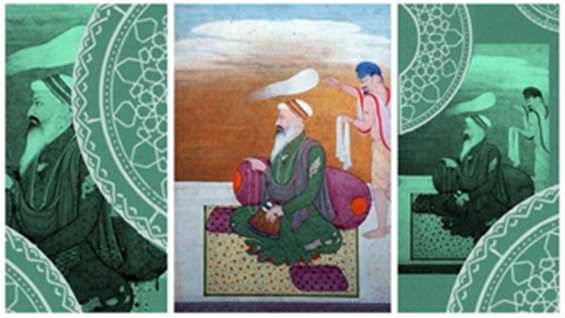Description

Copyright infringement not intended
Context: Prime Minister greeted the people on the occasion of the Parkash Purab of Sri Guru Ramdas Ji.

Details:
- Born as Bhai Jetha, Guru Ramdas was the disciple of third Guru Guru Amar Das.
- He quickly rose in the ranks to emerge as his Guru’s favourite, and even married the latter’s younger daughter — Bibi Bhani — and eventually, was appointed Ram Das, the fourth Guru of the Sikhs.
- Ram Das composed 638 hymns, or about ten percent of hymns in the Guru Granth Sahib.
- The fourth Sikh guru was also famous for explaining to Mughal emperor Akbar why king and caste are irrelevant.
- Ram Das also stepped up efforts to strengthen the practice of commensality.
- Guru Ram Das had laid the foundations of Ramdaspur, later renamed to Amritsar, when he inaugurated the pool’s excavation in 1577.
- The sarovarlater became the nucleus of Amritsar when Ram Das’ youngest son and successor, Guru Arjan Dev, built a temple complex around it and placed a copy of the Adi Granth at Harmandir Sahib in 1604.
- Ramdaspur or Amritsar was also perhaps one of those few towns that remained autonomous in the context of a larger Mughal rule.
- Among Guru Ram Das’s most famous compositions, the most well-known is his wedding hymn that formed the basis of the Sikh wedding ceremony called Anand Karaj.
- Ram Das, along with Amar Das, are credited with various parts of the Anand and Laavan composition in Suhi mode.
- While Guru Amar Das introduced the manji system of religious organization, Ram Das extended it with adding the masand institution.
- The masand were Sikh community leaders who lived far from the Guru, but acted to lead the distant congregations, their mutual interactions and collect revenue for Sikh activities and temple building.
https://www.pib.gov.in/PressReleasePage.aspx?PRID=1866640















